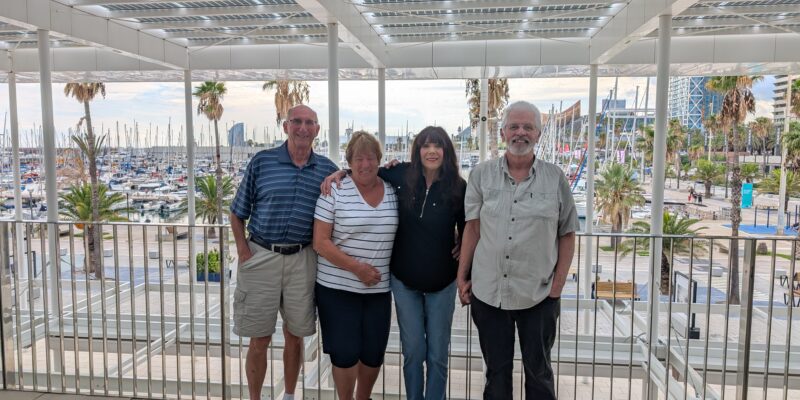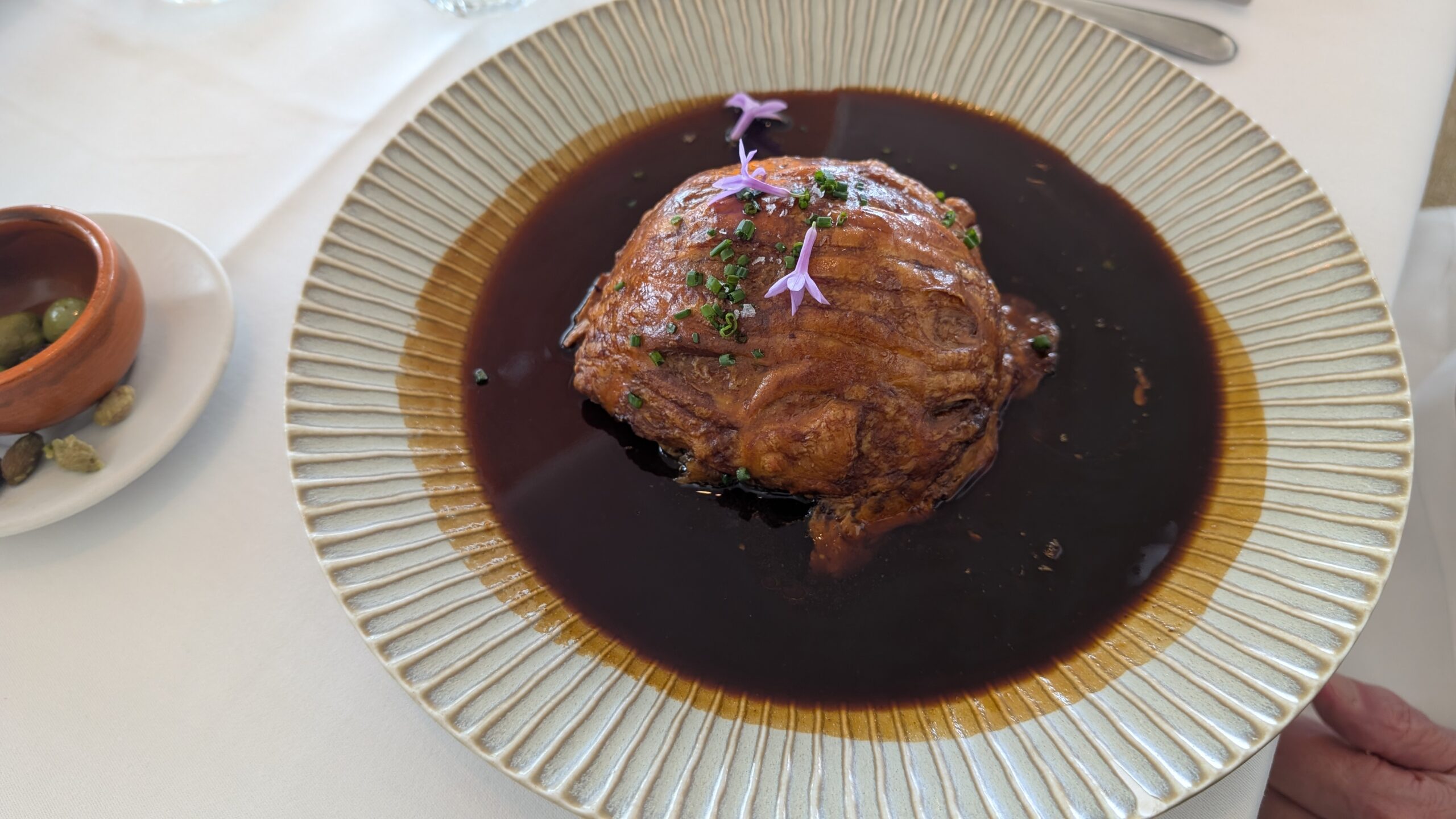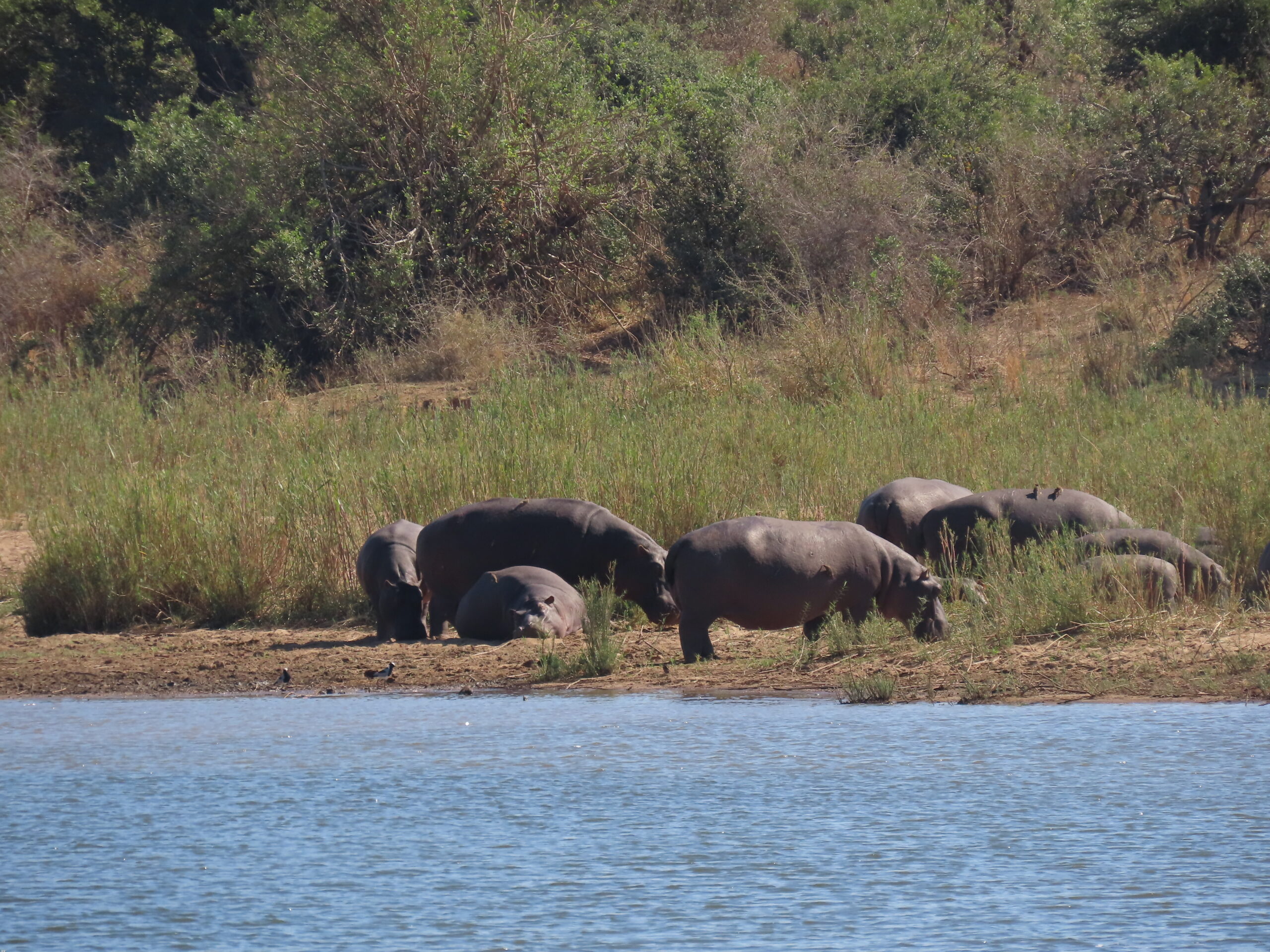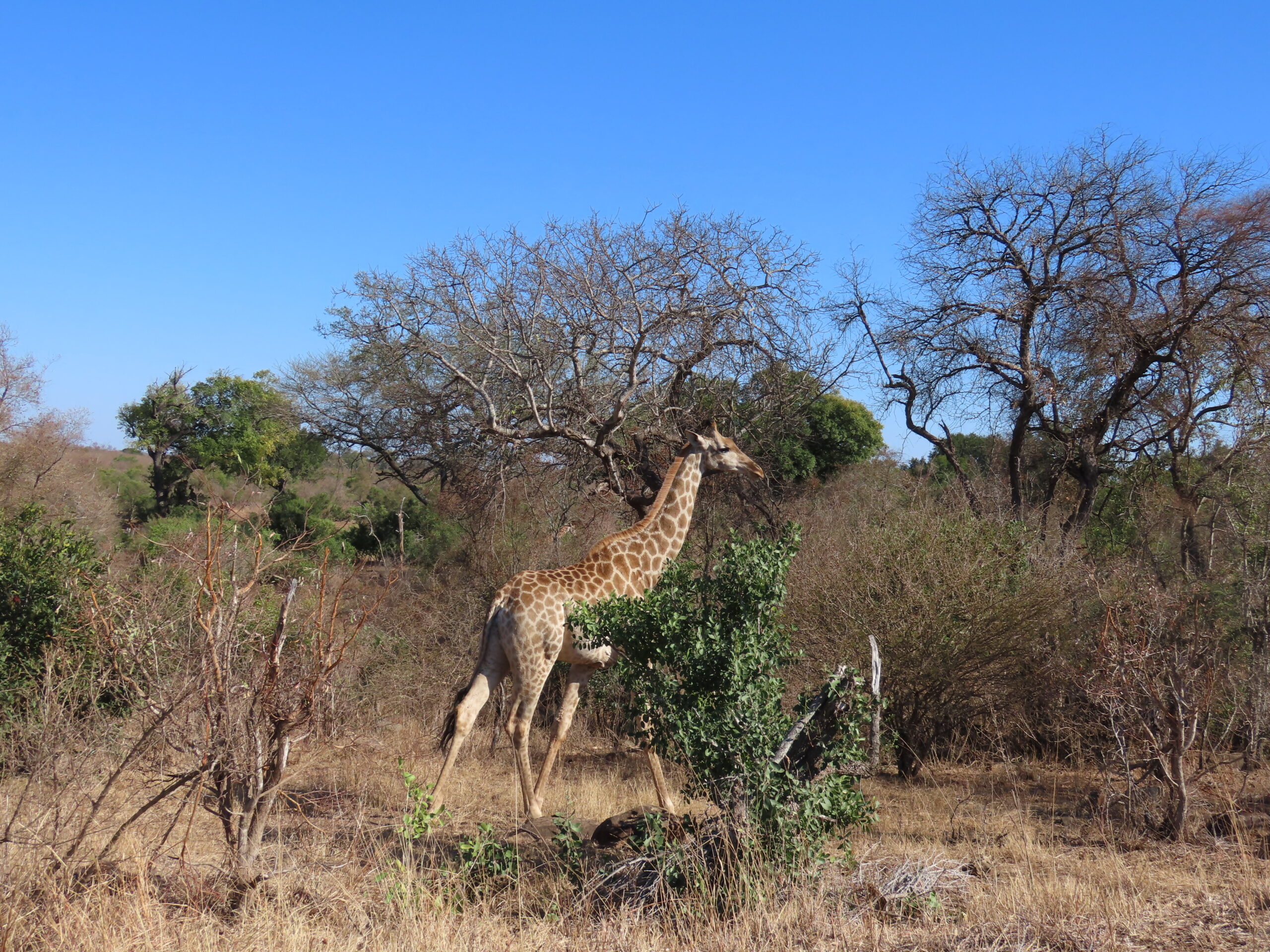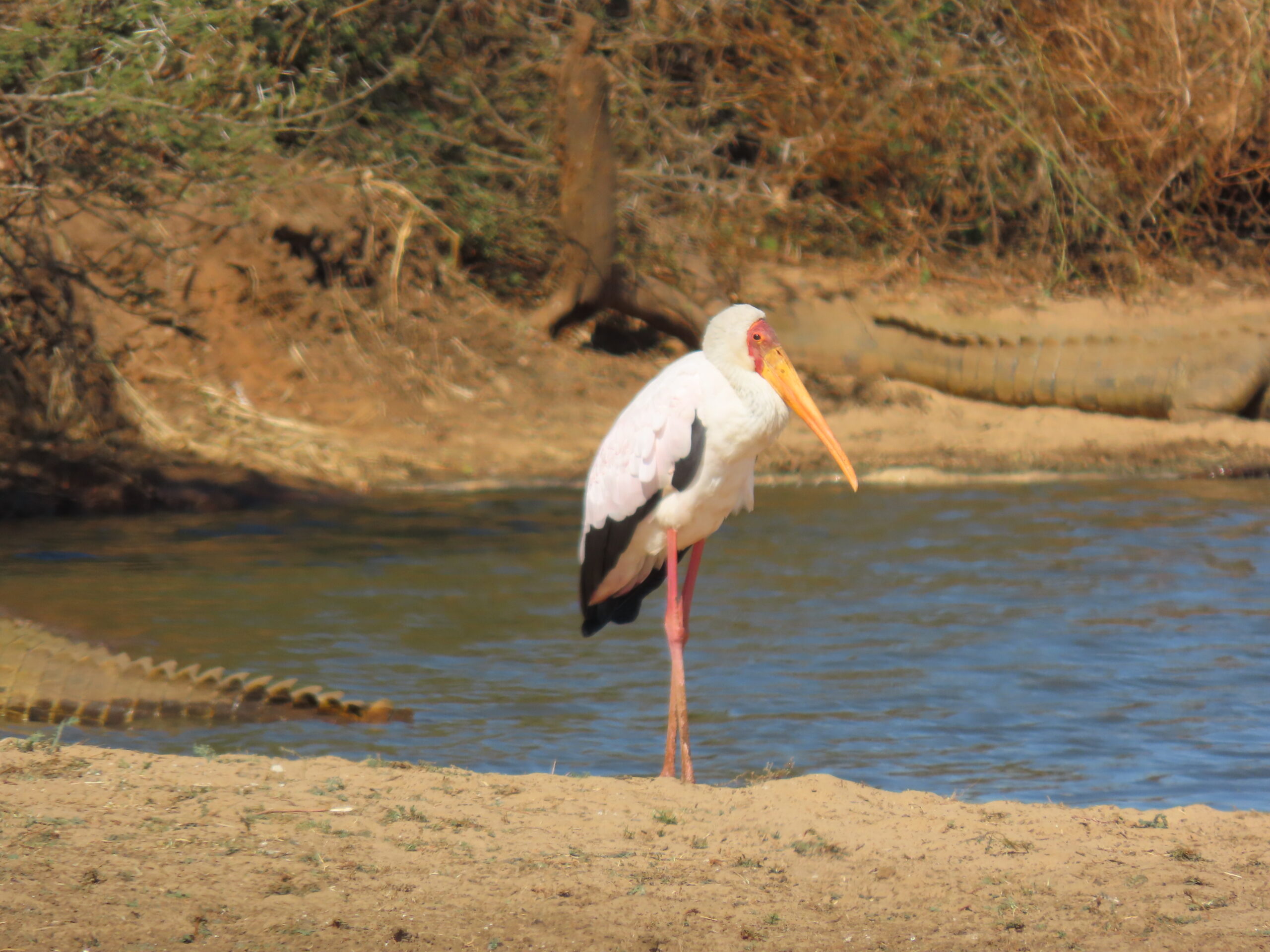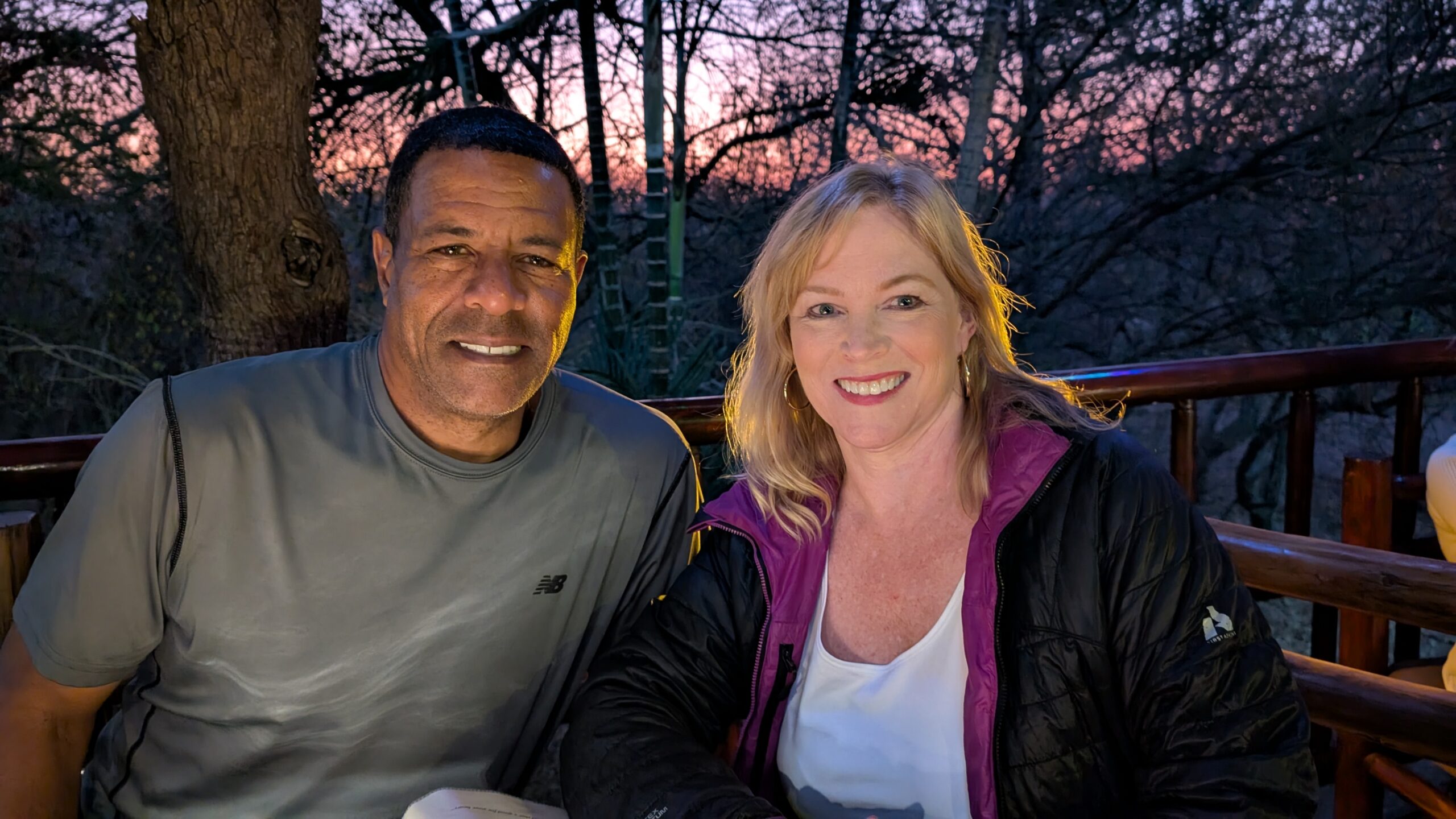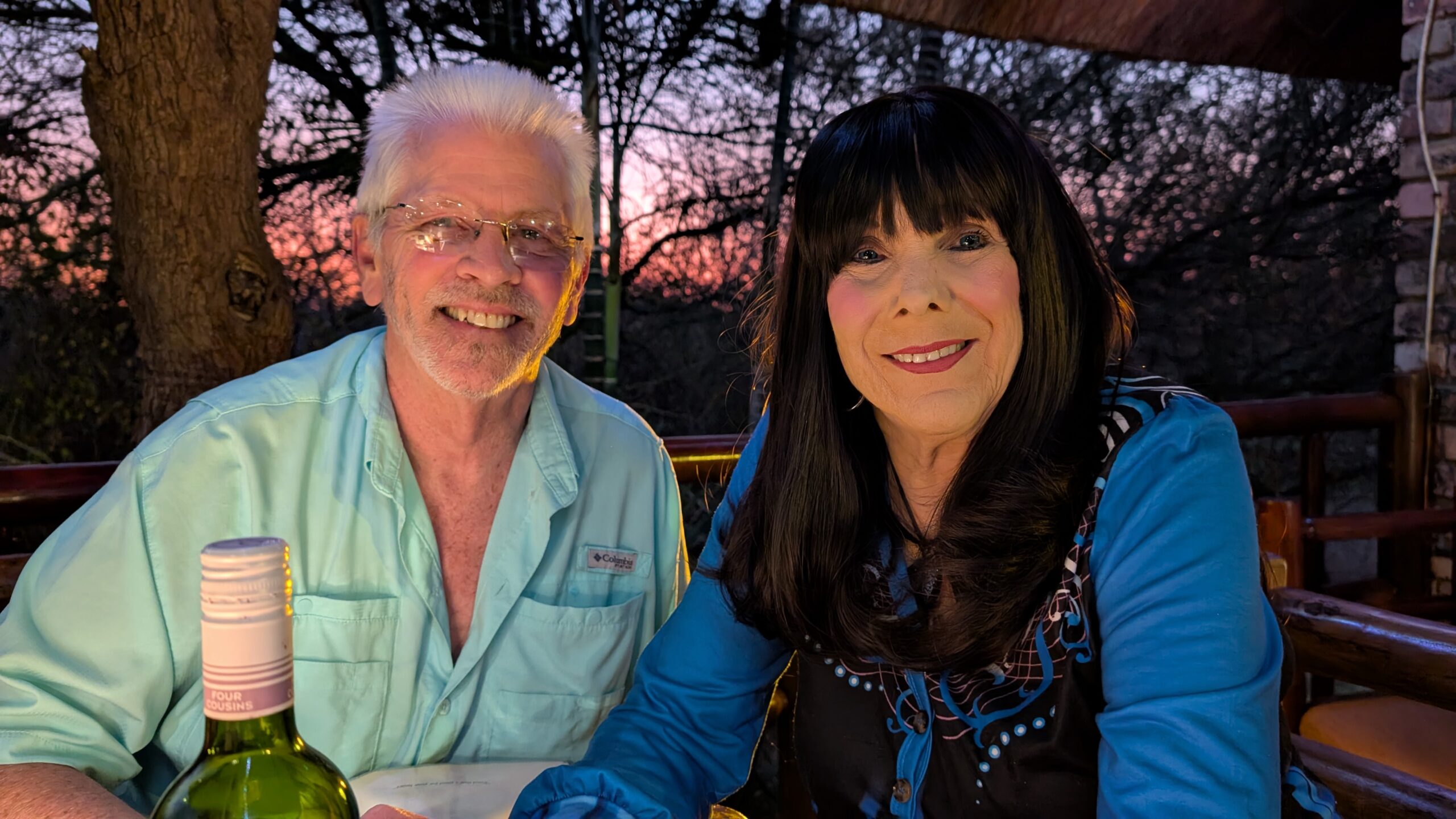
Menu
Thanksgiving Dinner in the Bush
Sundowners with Light Snacks
Roasted chickens
Stuffing with Sausage, Mushrooms, and Onions
Mashed Potatoes with Creamy Gravy
Buttery Mashed Cauliflower
Sweet Potatoes with Fresh Pineapple and Cinnamon
Broccoli Salad with Crunchy Almonds and Sultanas
Green Bean Casserole with Crispy Onion Rings
Cranberry Sauce
Homemade dinner rolls
Pumpkin Pies
Whipped Cream Topping, if desired
Happy Thanksgiving to all of our family members and friends who celebrate, wherever they may be in the world.
Be well.
Photo from ten years ago today, November 27, 2015:















